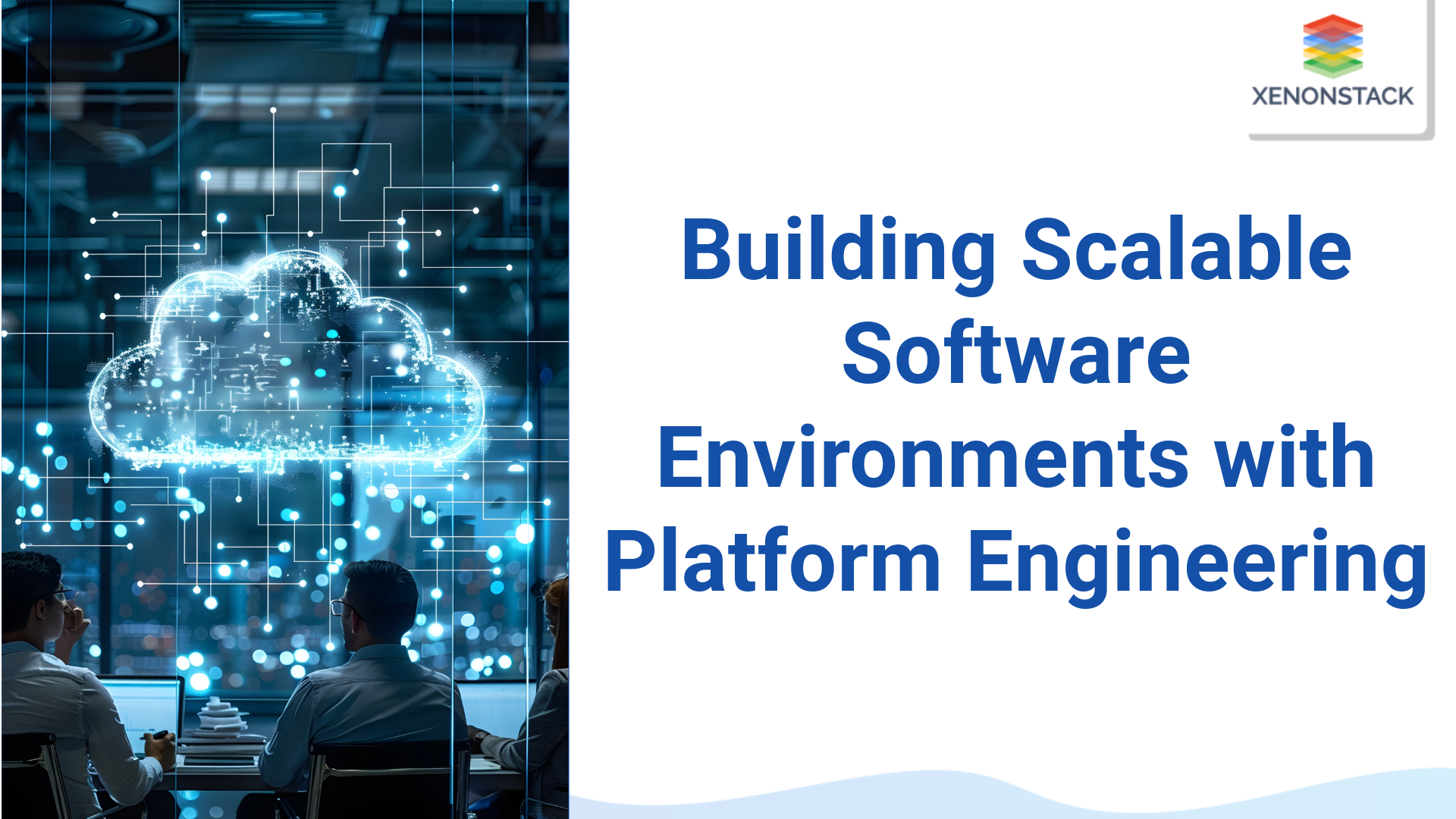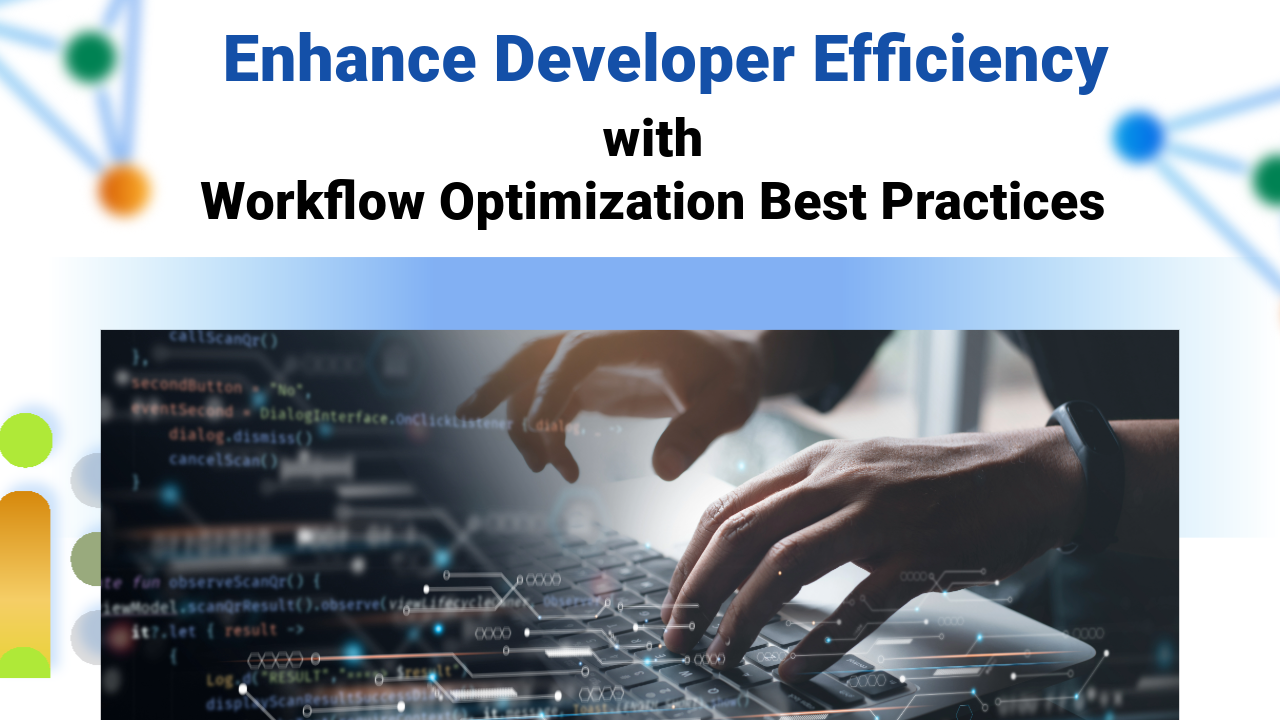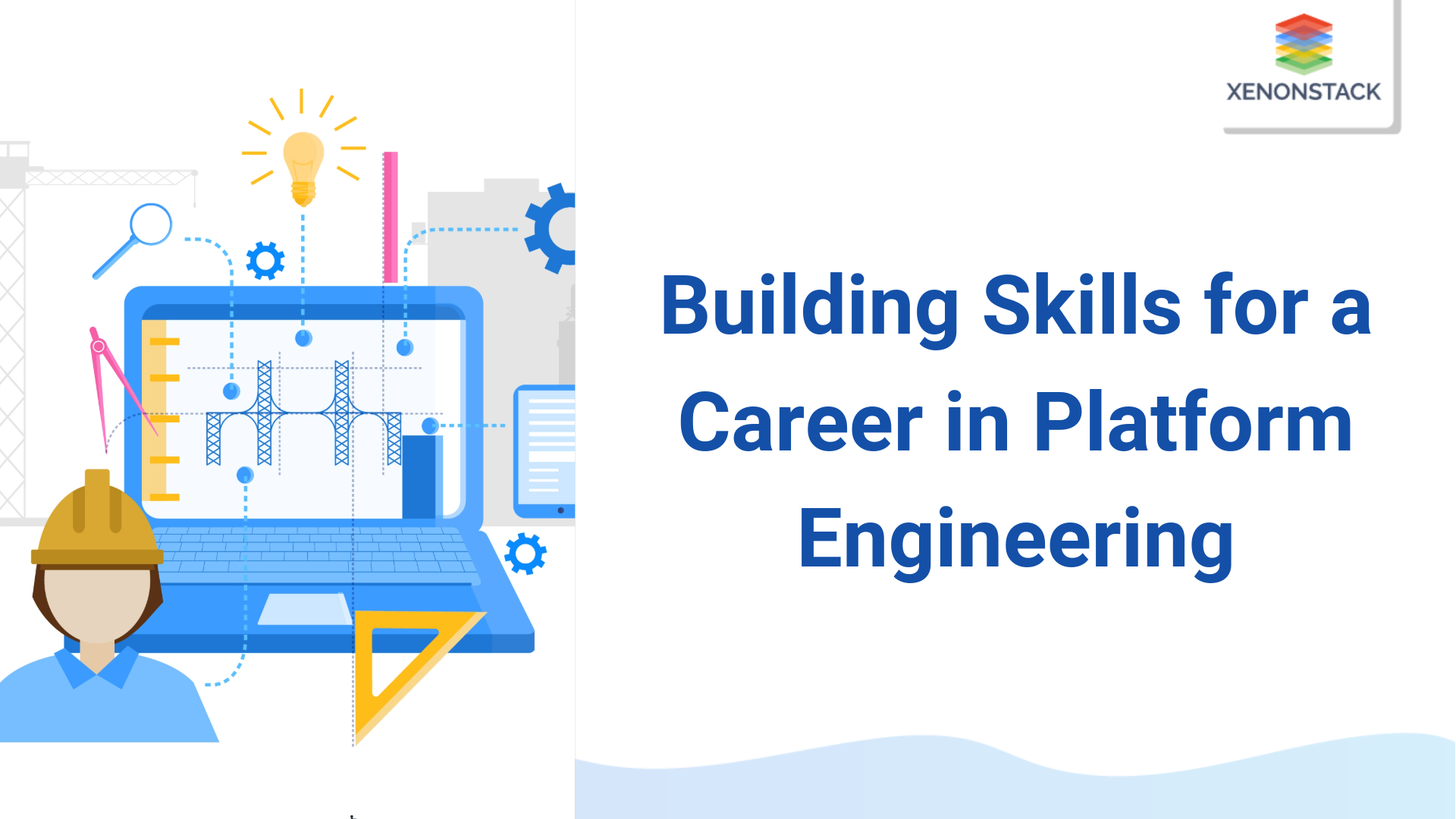
Overview of Edge Computing
Edge computing is an allotted computing machine that brings computing and computing garages to places requiring distances, increasing response time, and saving bandwidth. Unlike traditional Cloud Computing, which is based on centralized data centers, lateral computing methods compute at or close to the computing age source. It is beneficial for programs that require real-time processing by gadgets and clever towns. By lowering latency and bandwidth usage, location computing supports both accepted overall performance and reliability, making technology critical to the fate of linked devices and systems.
Understanding Edge Computing
Key Concepts
-
Edge Devices: Hardware components like sensors, IoT gadgets, and gateways that gather and manner records at the community’s edge.
-
Latency Reduction: Processing data near the supply significantly reduces tour time, mainly faster response times.
-
Bandwidth Efficiency: Minimizes information transmission to vital servers, maintaining bandwidth and decreasing fees.
-
Real-Time Processing: Crucial for applications like autonomous motors, clever towns, and business automation, wherein instant information processing is essential.
-
Scalability: This feature supports software program scalability by dispensing the computational load across several part gadgets.
-
Security: Enhances statistical protection by way of processing sensitive facts locally, reducing the threat of information breaches during transmission.
Benefits
-
Reduced Latency: Processing records near the source appreciably cuts down journey time, main to faster response instances.
-
Bandwidth Efficiency: Minimizes statistical transmission to primary servers, retaining bandwidth and reducing expenses.
-
Real-Time Processing: Crucial for applications like self-sustaining automobiles, smart cities, and commercial automation, in which instantaneous records processing is important.
-
Enhanced Security: Processing touchy statistics regionally reduces the danger of records breaches all through transmission.
-
Scalability: Supports application scalability via dispensing the computational load across more than one area of devices.
Challenges
-
Complexity: Managing and orchestrating a disbursed community of edge devices can be complicated and requires strong infrastructure.
-
Security Risks: While nearby processing can beautify safety, facet gadgets themselves can be vulnerable to physical tampering and cyber-attacks.
-
Data Management: Handling large volumes of records generated at the threshold calls for efficient facts control and garage answers.
-
Interoperability: Ensuring that different side gadgets and structures are painted together seamlessly may be tough.
-
Cost: Initial setup and renovation of side infrastructure can be costly
Use Cases and Applications
-
Autonomous Vehicles: Edge computing allows real-time information processing from sensors and cameras, permitting self-sufficient automobiles to make short alternatives and improve safety.
-
Industrial Automation: Supports actual time tracking and control of equipment in manufacturing, developing average overall performance and lowering downtime.
-
Healthcare: This allows real-time assessment of patient data from wearable devices, enhancing tracking and permitting well-timed scientific interventions.
-
Retail: Analyzes client conduct in real-time, optimizes stock management, and complements the shopping experience through customized offerings.
-
Agriculture: It monitors soil conditions, climate patterns, and crop health, allowing precision agriculture and better resource management.
-
Telecommunications: This technology supports 5G network deployment by processing information in the purchaser's path, decreasing latency, and enhancing network average ordinary performance.
A self-service layer that encompasses technologies and tools that allow developers to engage with their organization's delivery configuration independently. Click to explore about our, Internal Developer Platform
Platform Engineering Fundamentals
What is Platform Engineering?
Platform engineering includes the layout and construction of the underlying infrastructure and gear that refers to software programs, application software programs, and the improvement, deployment, and control of software to create strong and adaptable surroundings to be had to builders optimize and implement their packages.
Basic standards and practices
-
Automation: Typical automation duties are used to increase productiveness and reduce human blunders.
-
Scalability: Make sure the platform can resist masses of upgrades so what you need can scale.
-
Reliability: Create strong structures that limit downtime and ensure consistent, normal overall performance.
-
Security: Use strong protection talents to protect records and applications.
-
Observability: Provide gear and practices for tracking and trimming logs to make certain typical day-to-day operations of machinery and troubleshooting.
Tools and Technology
-
Containerization: Using equipment like Docker and Kubernetes to build and body programs.
-
CI/CD Pipelines: Continuous Integration and Continuous Deployment of equipment with Jenkins, GitLab CI, and CircleCI to create responsive construct, maintenance, and deployment strategies.
-
Infrastructure as Code (IaC): Tools like Terraform and Ansible for helping infrastructure via rules.
-
Monitoring and logging: Prometheus, Grafana, ELK Stack, and different solutions for tracking the device no longer have everyday abnormal performance and look for troubles.
-
Cloud Platforms: Services from groups such as AWS, Azure, and Google Cloud provide scalable and reliable infrastructure.
Thus, Platform engineering for edge computing involves designing and managing the infrastructure and software that permit computing responsibilities to be performed in the direction of the statistics supply, including on mobile devices or local servers, as opposed to relying entirely on centralized cloud servers. This method provides numerous benefits, including reduced latency, advanced data privacy, and greater reliability.
Importance of Platform Engineering in Edge Computing
Resource Management: Provides the offerings essential to correctly control and keep utilization at the brink.
Seamless integration: Ensures clean integration of detail devices and networks.
Scalability: Facilitates the scalability of the hassle package deal.
Security: Element complements the protection of devices and networks.
Resource Optimization: Optimizes the allocation of beneficial properties to lessen latency.
Performance Improvement: Improves the general average preferred overall performance of detail packages.
Simplified Development: Simplifies development and deployment techniques.
Rapid Innovation: Enables speedy variants in necessities and fast innovation.
Strategies for Edge Computing
Designing for Scalability and Flexibility
-
Modular Architecture: Implement a modular design to allow smooth scaling and versatility in including or disposing of components as wanted.
-
Microservices: Use microservices architecture to allow unbiased scaling of diverse services primarily based on call for.
-
Load Balancing: Deploy load balancers to distribute website and online visitors evenly in aspect gadgets, ensuring the most useful overall performance and reliability.
-
Containerization: Utilize container technology like Docker and Kubernetes to control and scale applications correctly.
Ensuring Security and Compliance
-
Data Encryption: Encrypt information at relaxation and in transit to shield sensitive facts from unauthorized get right of entry.
-
Access Control: Implement strict admission to manipulate measures to make certain that the handiest legal employees can access part gadgets and statistics.
-
Regular Audits: Conduct normal protection audits and compliance tests to become privy to and mitigate capability vulnerabilities.
-
Edge-Specific Security Solutions: Deploy protection answers tailor-made for aspect environments, which include intrusion detection structures and firewalls.
Optimizing Performance and Efficiency
-
Local Processing: Process statistics locally at the threshold to reduce latency and beautify reaction times.
-
Efficient Resource Management: Use beneficial resource management devices to expose and optimize the use of CPU, reminiscence, and storage on facet gadgets.
-
Caching: Implement caching mechanisms to keep frequently accessed data regionally, reducing the want for repeated statistics retrieval from important servers.
-
Network Optimization: Optimize network configurations to ensure inexperienced information switches and limit latency.
Solution for Edge Computing
Infrastructure Solutions
-
Edge Data Centers: Small-scale data facilities located towards the information source to lessen latency and improve processing pace.
-
Edge Devices: Hardware, including sensors, gateways, and IoT gadgets, that acquire and machine statistics at the threshold.
-
Network Infrastructure: High-pace, low-latency networks that join edge gadgets to imperative data facilities and cloud offerings.
-
Edge Servers: Specialized servers are designed to deal with the computational load at the threshold, presenting nearby processing electricity and garages.
Software Solutions
-
Edge Orchestration Platforms: Tools like Kubernetes and OpenShift that manage the deployment, scaling, and operation of packages at some stage inside environments.
-
Data Analytics: Software that procedures and analyzes information domestically at the brink, presenting real-time insights and choice-making competencies.
-
Security Solutions: Software that guarantees statistical safety and compliance at the brink, which include encryption, admission to manipulation, and hazard detection.
-
Application Development Frameworks: Tools and frameworks that simplify the development and deployment of issue applications, which include AWS Greengrass and Azure IoT Edge.
Edge Computing allows data generated by IoT to be processed near its source rather than sending the data to a great distance to data centers or the cloud. Click to explore about, Artificial Intelligence in Edge Computing
Case Studies and Real-World Examples
-
Autonomous Vehicles: Companies like Tesla and Waymo use side computing to process records from sensors and cameras in real time, allowing self-reliant riding abilities.
-
Smart Cities: Cities like Barcelona and Singapore leverage component computing to govern site visitors, show environmental situations, and enhance public safety through actual-time information processing.
- Industrial Automation: Manufacturers like Siemens and GE use issue computing to expose and manage equipment in real-time.
Future Trends and Innovations
Emerging Technologies
-
5G Networks: Enhances part computing with faster, greater dependable connectivity, permitting real-time data processing and conversation.
-
AI and Machine Learning: Allows for smart records processing, predictive analytics, and automatic decision-making at the edge.
-
Edge AI Chips: Specialized hardware that hurries up AI computations at the edge, improving performance and performance.
-
Blockchain: Provides secure, decentralized records control and transactions at the edge, enhancing safety and accept as true with.
-
Serverless Computing: Enables builders to set up features immediately at the threshold without coping with infrastructure, simplifying improvement and scaling.
Predictions for the Future of Edge Computing
-
Increased adoption: Many businesses will use adjacent computing for actual-time operations, decreased latency, and incremental efficiencies.
-
Enhanced security features: A focus on strong protection solutions to defend data and devices via the growth of proximity computing.
-
Interoperability Standards: Standardized protocol frameworks will permit seamless integration among big items and gadget structures.
-
Edge-cloud hybrid models: Integrate on-premises and cloud computing to supply the highest quality overall performance, cost, and scalability.
-
Sustainability: Innovations in powerless, experienced detail gadget infrastructures promote extra sustainable computing practices.
Impact on Various Industries
-
Healthcare: Enhanced affected man or woman tracking and real-time records assessment will beautify affected person effects and permit personalized medicinal drug.
-
Manufacturing: Real-time monitoring and predictive maintenance will boost typical overall performance, reduce downtime, and reduce operational charges.
-
Retail: Improved consumer research via actual-time analytics, custom-designed services, and inexperienced inventory control.
-
Transportation: Autonomous cars and smart transportation structures will benefit from real-time data processing and preference-making at the edge.
-
Agriculture: Precision farming strategies can be highly effective by tracking soil conditions, weather styles, and crop health in real-time.
Conclusion
Platform Engineering for edge computing is pivotal in designing scalable and flexible solutions by implementing modular architectures, microservices, and containerization technologies. To protect sensitive information, ensuring security and compliance through robust data encryption, access controls, regular audits, and edge-specific security solutions is essential.
Optimizing local processing, resource management, caching mechanisms, and network configurations can enhance performance and efficiency. By leveraging infrastructure solutions like edge data centers, devices, and specialized servers, alongside software solutions such as orchestration platforms, analytics, and security frameworks, organizations can maximize the potential of edge computing for a wide range of applications.



